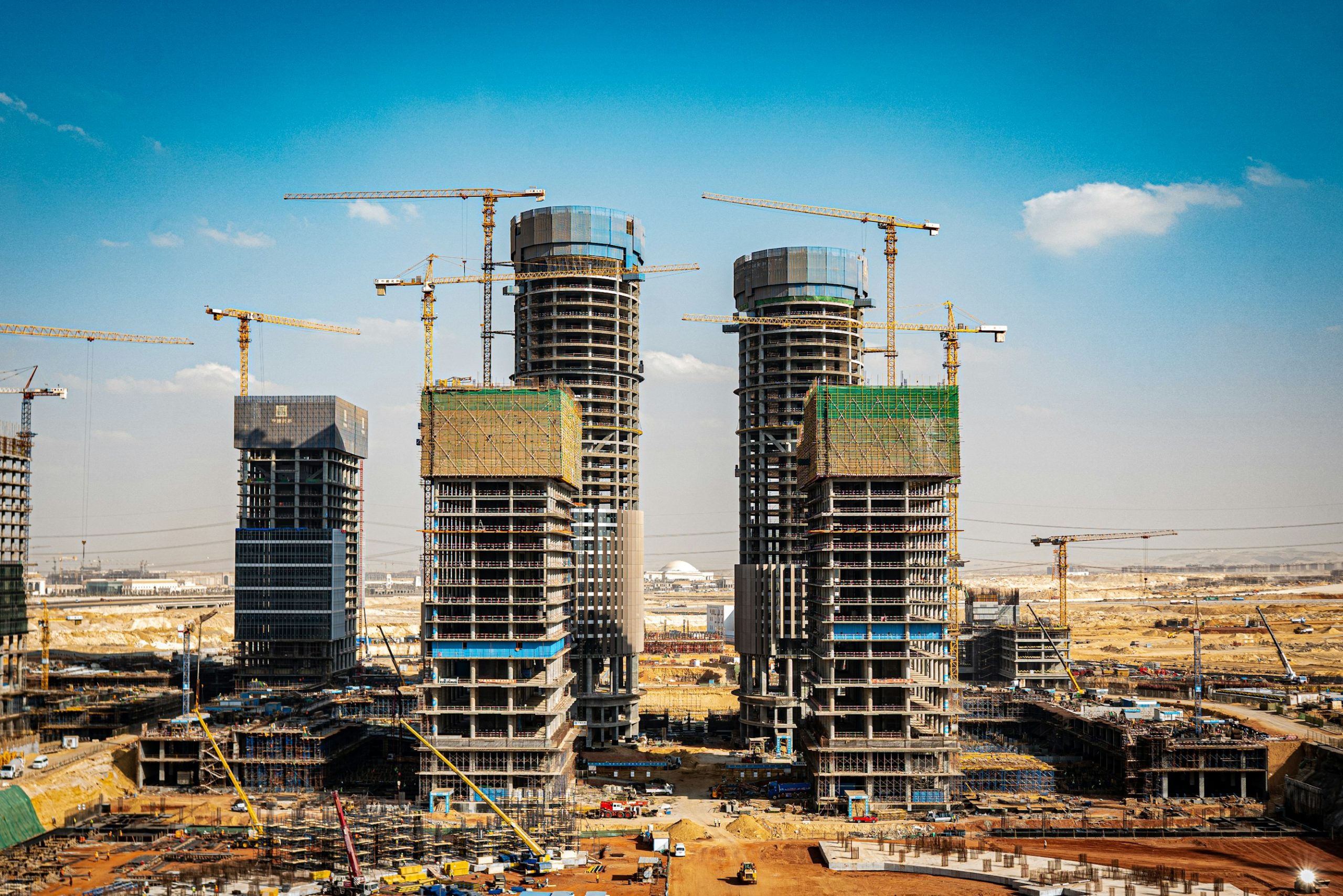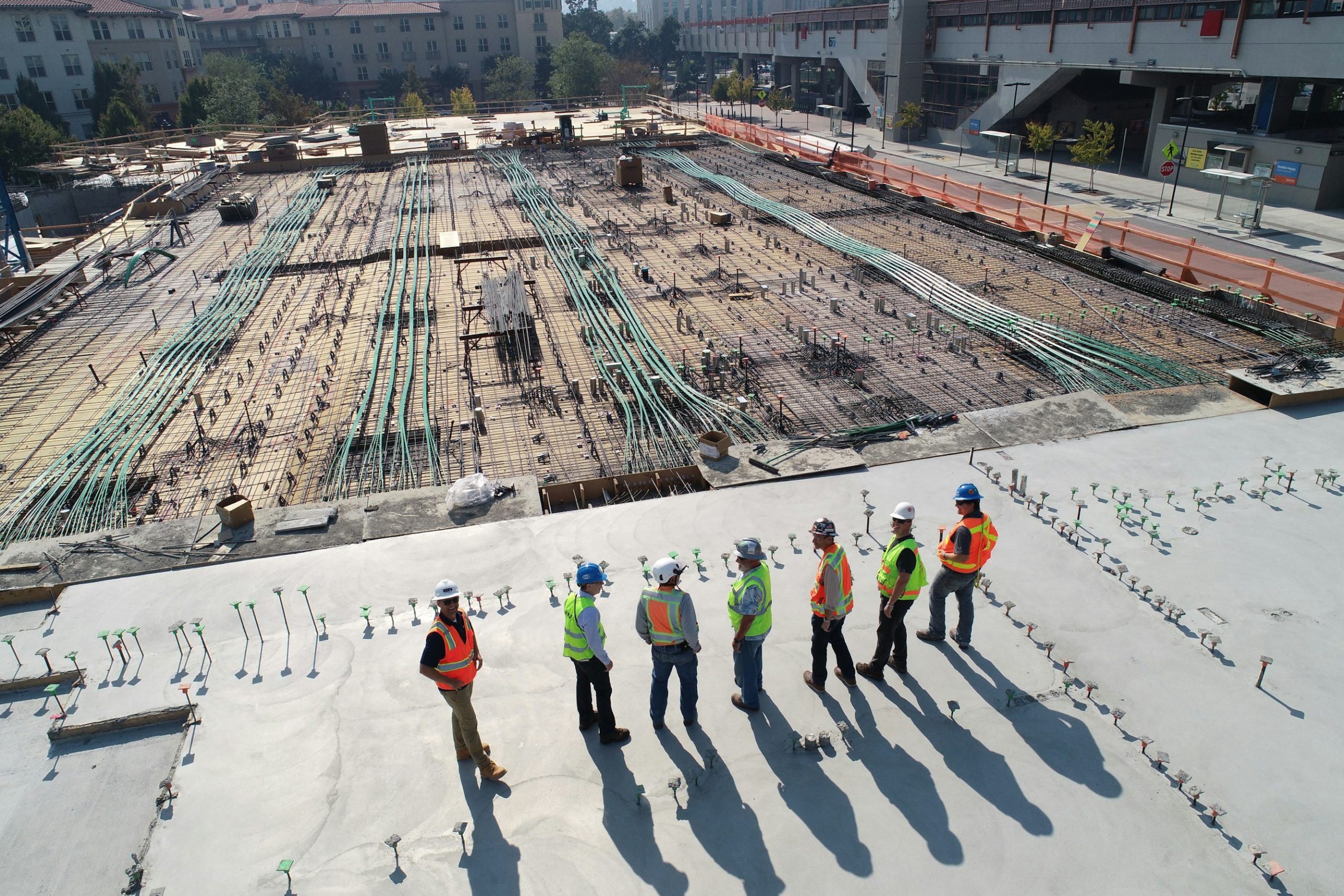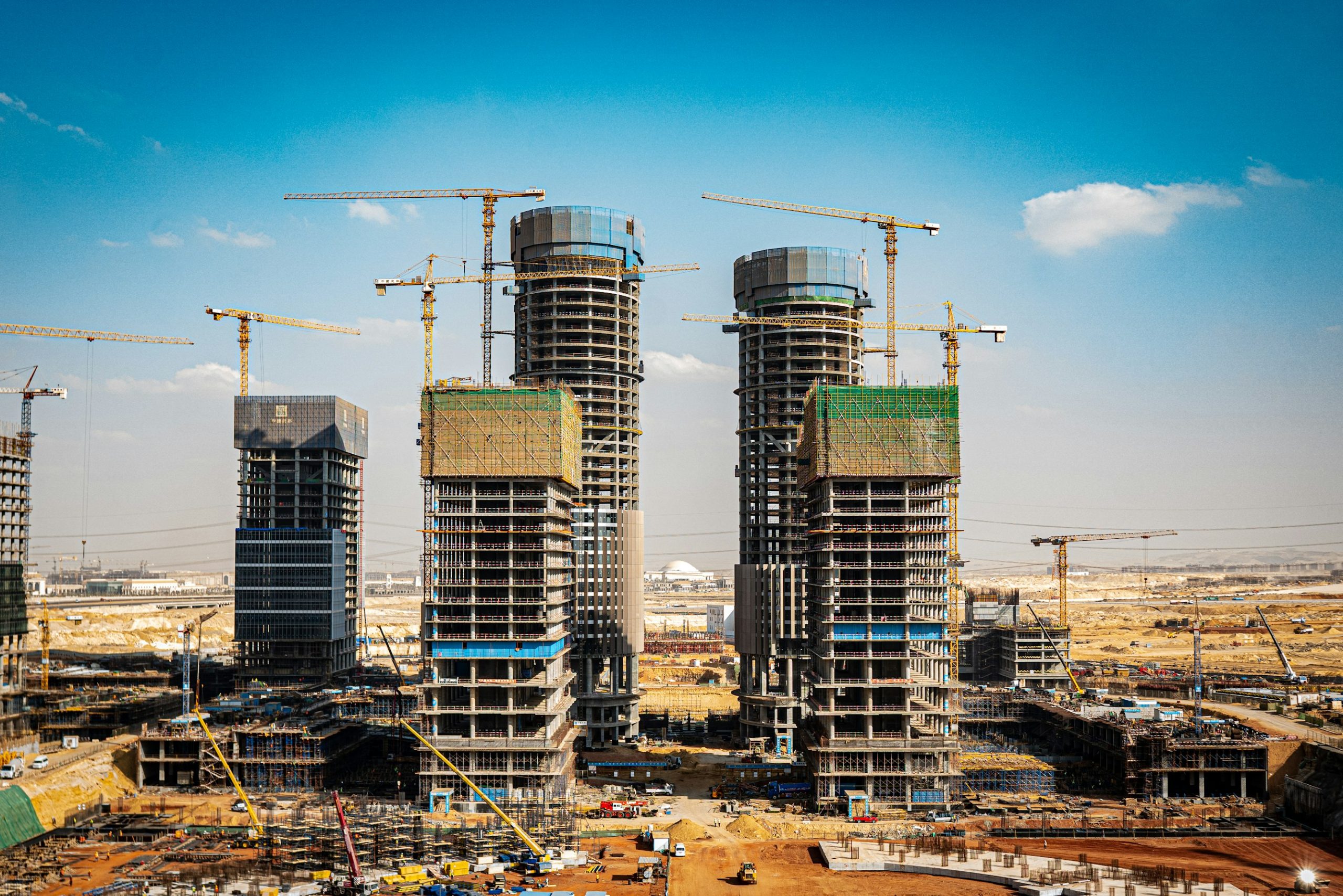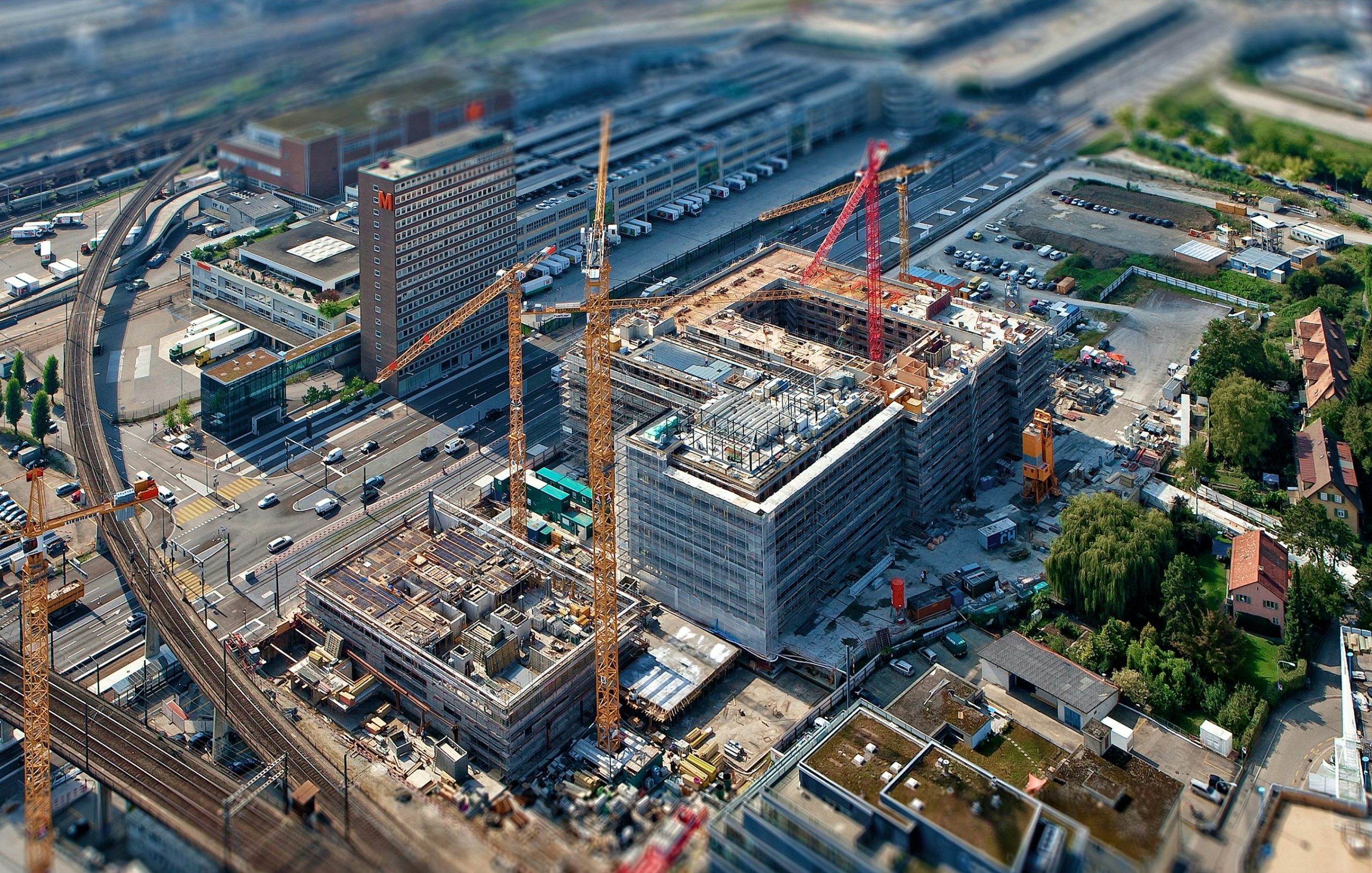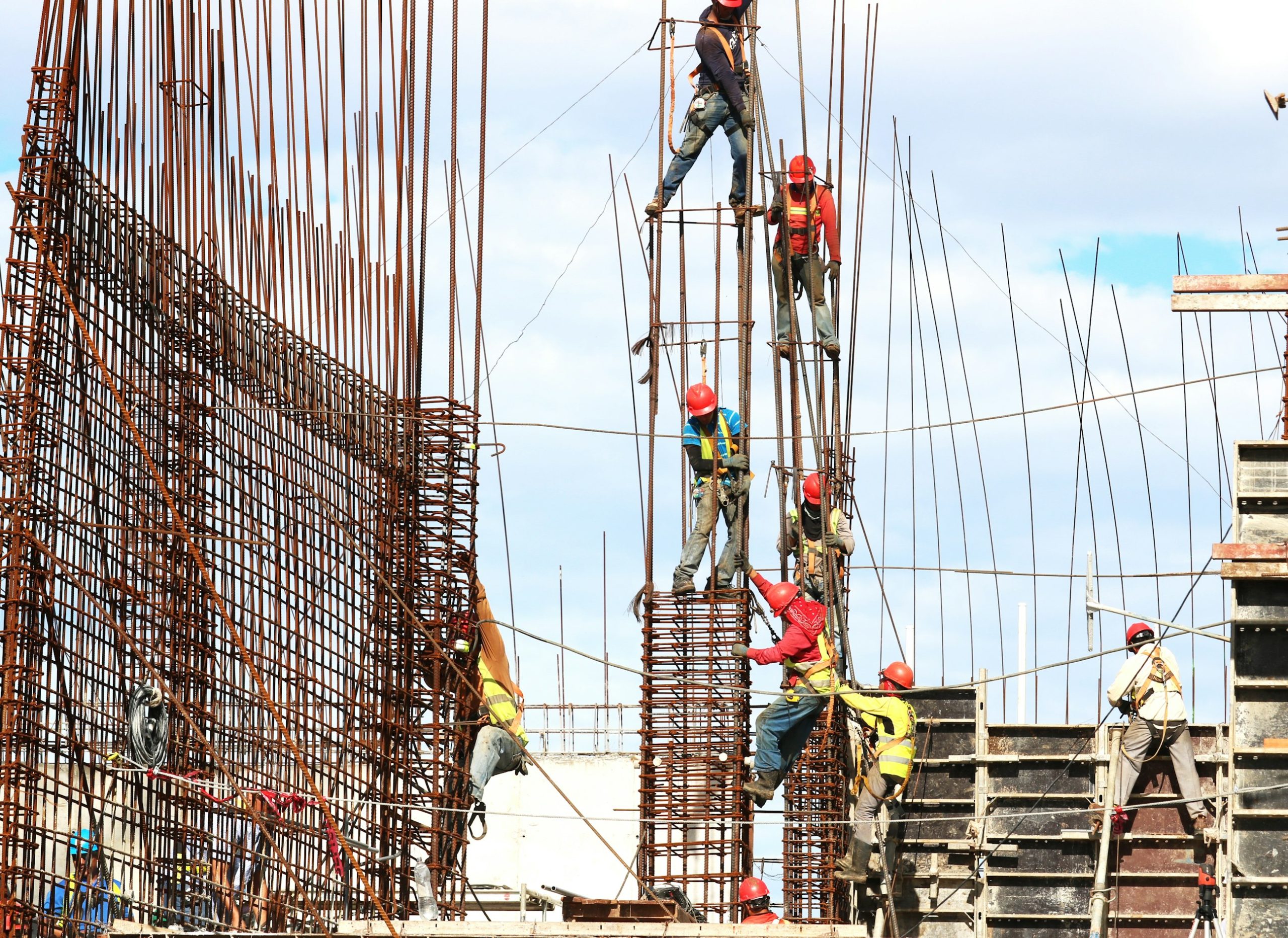Photo Documentation Best Practices for Middle East Job Sites
Photo documentation is a vital aspect of construction project management that profoundly impacts the success of job sites in the Middle East. Utilizing advanced construction project management software can streamline this process, ensuring that every stage of your project is captured and accounted for. In this comprehensive guide, we dive into best practices for photo documentation that can enhance project tracking, mitigate risks, and foster clearer communication.
Importance of Photo Documentation
In the construction industry, meticulous photo documentation is crucial for tracking progress, documenting changes, and ensuring safety on job sites. It aids in maintaining precision, reducing risks, and avoiding delays and disputes. With clear and consistent images, project managers gain a real-time view of the site, which enables the early detection of potential issues, allowing for informed decision-making and better outcomes.
Equipment and Methods
High-Quality Equipment
To enhance the quality of documentation, utilizing professional equipment such as 360-degree cameras and drones for high-resolution photos and aerial views is paramount. These tools not only improve the standard of documentation but also make it easier to identify potential issues on-site, ultimately supporting proactive construction risk management.
Standardized Documentation
Implementing a standardized system for capturing and storing photos ensures that all stakeholders are aligned and that projects remain organized. This method eliminates confusion and ensures all parties work from a single source of truth, indispensable for effective construction document management.
What to Photograph
When documenting a construction job site, key aspects must be prioritized:
- Deviations from Contract Documents: Any deviations or defective work should be meticulously documented from multiple angles. Incorporating a scale or an object of known size in these images can enhance clarity.
- Areas Showing Progress: Capture photos illustrating the progress made since the last site visit, ensuring the new work is prominently framed and aligns with field report descriptions.
- Overall Progress: Regularly photographing the project’s overall progress is essential for maintaining a comprehensive and accurate record, aiding in project forecasting and tracking.
Best Practices
Centralized Storage
Centralizing all photos is a best practice that eliminates scattered files, ensuring easy access for all stakeholders. Utilizing a centralized cloud-based platform allows for web-based access, enabling remote monitoring and maintaining accountability among teams.
Real-Time Updates
Capturing and updating photos in real-time provides a clear audit trail and ensures that project managers and site foremen stay aligned without delays. This seamless integration aligns with advanced construction project tracking software functionalities.
Quality Assurance
Consistently taking high-quality images upholds documentation standards and greatly improves quality assurance practices. A commitment to quality serves to prevent issues before they escalate, enhancing overall project outcomes.
Benefits of Photo Documentation
Implementing structured photo documentation comes with numerous advantages:
- Better Communication: A well-organized photo documentation system fosters improved communication among stakeholders, ensuring everyone remains informed and aligned on project developments.
- Legal Protection: Comprehensive photo documentation serves as protective evidence against legal claims, showcasing the project’s progress and any deviations from the plan.
- Transparency: Providing real-time visuals enhances transparency across the job site, significantly reducing the need for frequent site visits and minimizing miscommunications.
Use Cases and Innovations
Remote Monitoring
The incorporation of drones and 360-degree cameras allows for effective site monitoring from remote locations, cutting down on physical site visits and promoting efficiency. These innovations align with the broader trend of digital transformation in construction.
Digital Platforms
Utilizing digital platforms, such as Zepth’s robust project management tools, can manage and enhance photo documentation efforts significantly. Such platforms facilitate collaboration, support quality assurance, and improve overall project management through integrated solutions.
How Zepth Can Help
Zepth provides a suite of advanced project management tools designed to integrate seamlessly with photo documentation systems. Key features include:
- Project Management Tools: Centralize information and enhance accessibility, ensuring stakeholders can retrieve and view crucial project images promptly.
- Collaboration Features: Improve communication among project teams by enabling easy photo sharing, thus promoting transparency and accountability.
- Quality Assurance: Zepth’s modules align with best practices for photo documentation, ensuring that high standards are maintained throughout the project lifecycle.
By adopting these best practices and leveraging tools like those offered by Zepth, construction projects in the Middle East can achieve enhanced transparency, improve communication, and ultimately realize better project outcomes. For more information on how Zepth can support your construction management needs, visit Zepth’s website.
